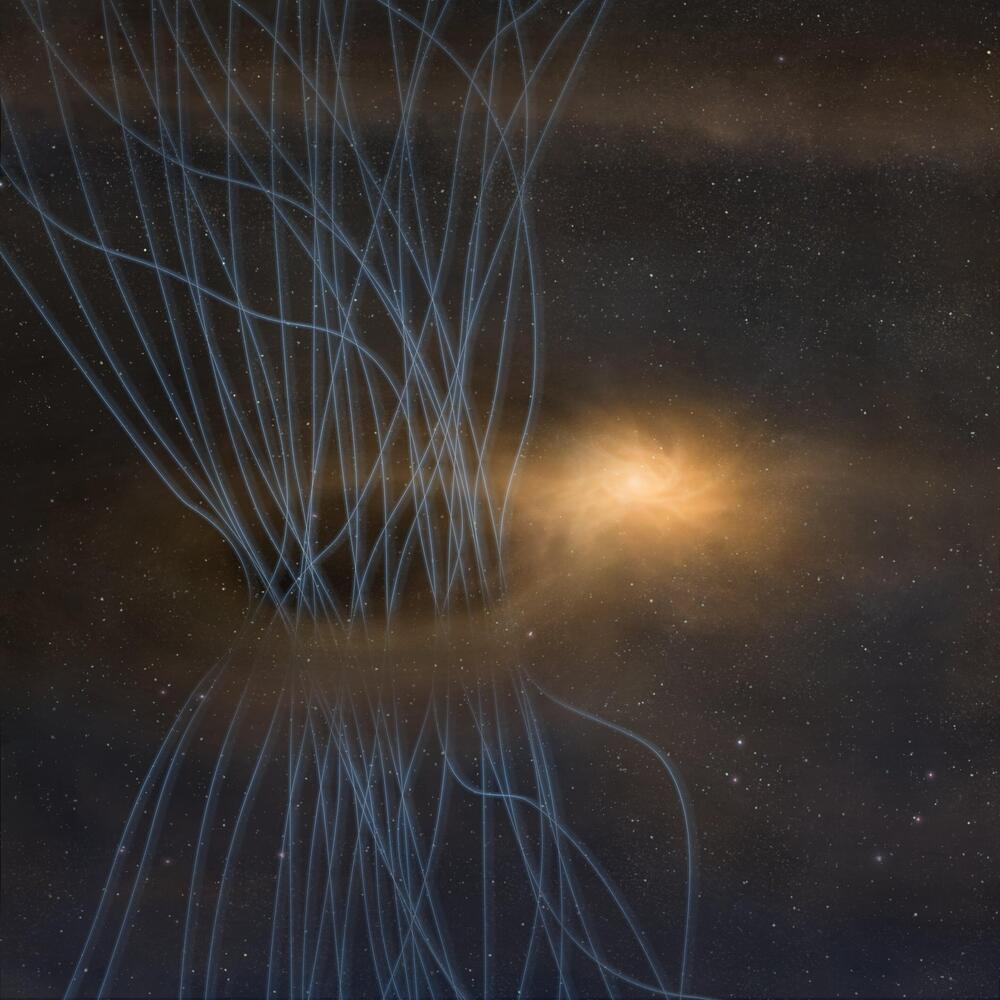Kyushu University researchers have shed new light into a critical question on how baby stars develop. Using the ALMA radio telescope in Chile, the team found that in its infancy, the protostellar disk that surrounds a baby star discharges plumes of dust, gas, and electromagnetic energy.
These “sneezes,” as the researchers describe them, release the magnetic flux within the protostellar disk, and may be a vital part of star formation. Their findings were published in The Astrophysical Journal.
Stars, including our sun, all develop from what are called stellar nurseries, large concentrations of gas and dust that eventually condense to form a stellar core, a baby star. During this process, gas and dust form a ring around the baby star called the protostellar disk.
